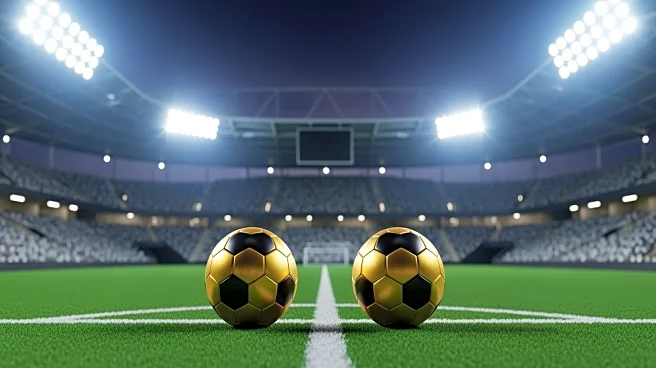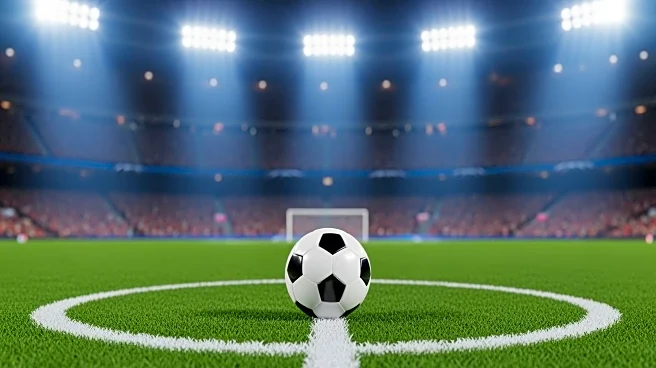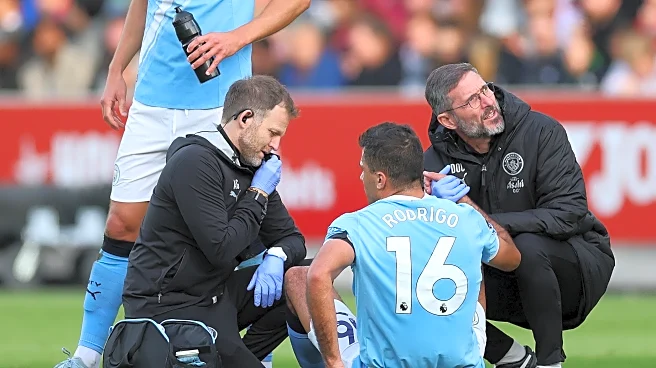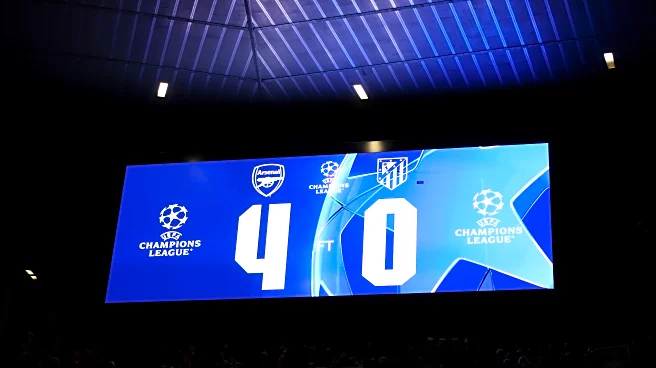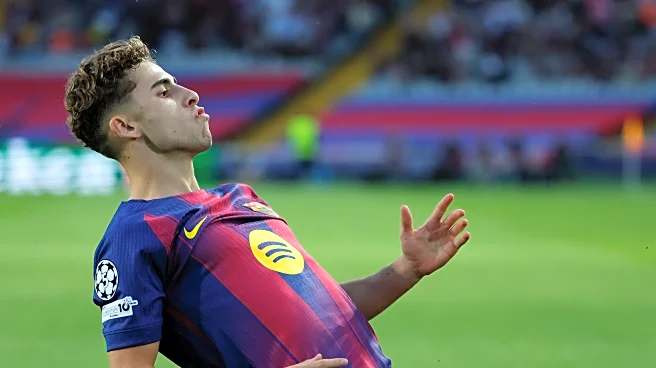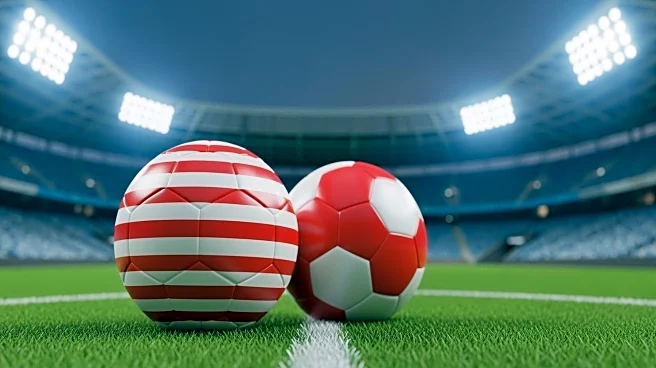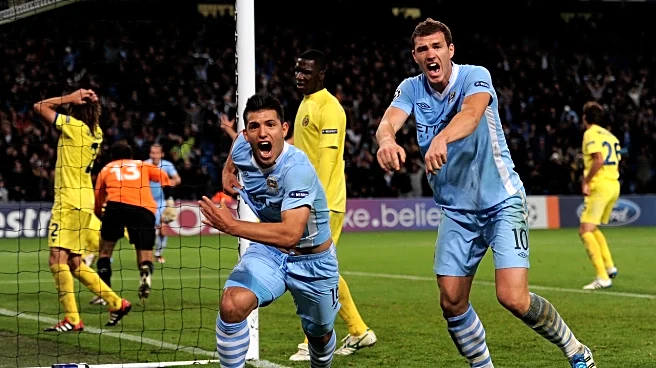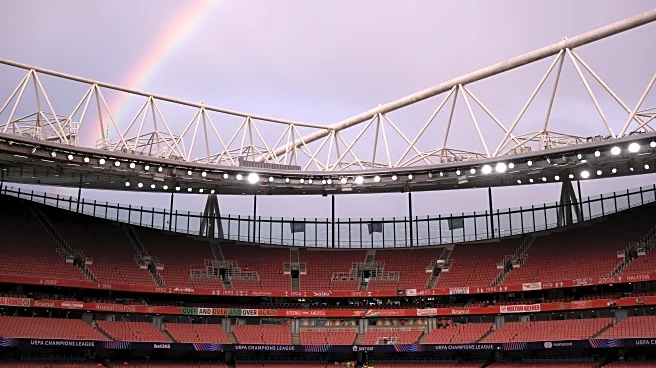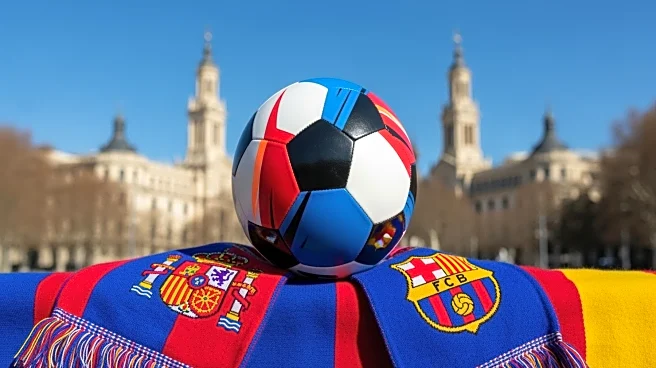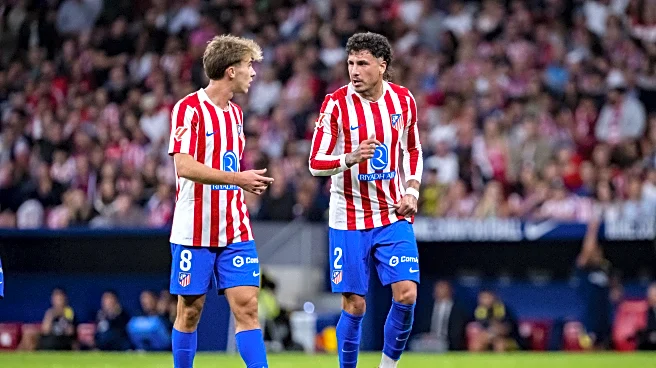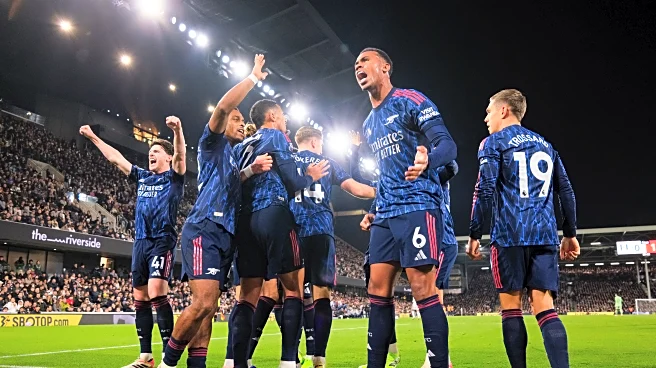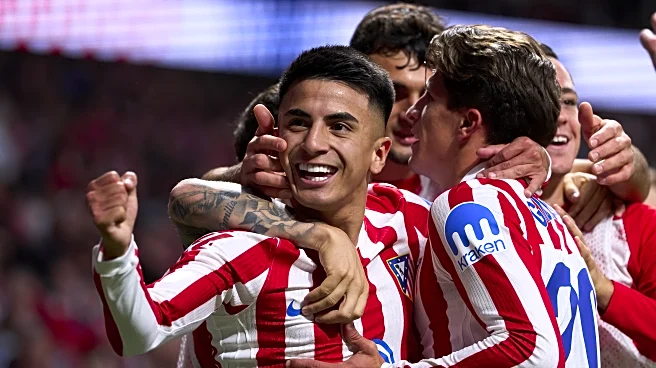I am not surprised that Atlético de Madrid lost at Arsenal on Tuesday night in the UEFA Champions League. I’m not even surprised that the defeat came by multiple goals.
No, the manner of Atlético’s 4-0 defeat at Arsenal just leaves me feeling jaded. Despite a positive start from a tactical point of view, Atleti were ultimately curbstomped away from home in the Champions League again, its lack of attacking quality and its head coach’s panicked substitutions contributing to a second-half meltdown that
undid the goal differential gains made in last month’s stirring 5-1 home win over Eintracht Frankfurt.
Tuesday marked the fifth time since 2018 that Diego Simeone’s Atlético — once famed for its determination and defensive strength — have been hit for four in a Champions League game. This is the fourth 4-0 hiding that Atlético have suffered in the Champions League over the past seven years. Simeone’s tenure has been so lengthy that there are more of these types of results in this competition now than 1-0 away wins, previously regarded as the Colchoneros’ specialty.
As Alejandro Arroyo pointed out on Twitter, Atlético had a plan and executed it well enough to get to halftime at the Emirates Stadium with a 0-0 scoreline. I was in slight disbelief when I discovered that Simeone opted to start with two central midfielders (Koke and Pablo Barrios) against a team that overloads the middle of the pitch with its full-backs, but dropping Julián Alvarez into midfield helped to counter the numerical disadvantage.
The Rojblancos limited set-piece opportunities from their low block, and the Josema Giménez – Robin Le Normand pairing functioned better than it ever had before in a big game. Dávid Hancko started at left-back because Simeone knew the Slovakian was his best option at handling Bukayo Saka and Jurrien Timber, the rampant pairing on Arsenal’s right side. Hancko struggled to be in two places at once, but good coordination with Giménez kept Saka quiet. And after letting Eberechi Eze out of sight to loop a shot off the crossbar inside four minutes, Atlético did not allow another big chance in the opening 45 minutes.
Then the second 45 minutes happened. And with it, Atlético’s old ghosts reappeared. It started — as it usually does — with a set piece.
Minutes after Alvarez hit the crossbar, Gabriel Martinelli won a free kick for a foul called on Marcos Llorente, after Martinelli somehow got away with throwing an elbow at Llorente. No matter. The ensuing free kick found the hulking Gabriel Magalhães matched up against Nico Gonzalez, a confusing marking assignment that somehow did not harm Atlético in the first half but decided the game in the second half.
All hell broke loose after Gabriel stuck his bullet header behind Jan Oblak. Simeone made the patented frenzied triple change he makes when a game is visibly getting away from Atlético; surprisingly, he removed two of his captains, Koke and Giménez. Almost immediately, Arsenal added a second, when Myles Lewis-Skelly carried the ball through the middle of the park into the Atleti penalty area under little pressure from newly-introduced Conor Gallagher. Martinelli stuck a low drive off the far post and in. In the United States, the CBS Sports broadcast duo — no, I don’t know their names — went wild.
Viktor Gyökeres hadn’t scored in nine games. He grabbed two in three minutes as Atlético went to pieces, the reputation it has as a dogged, resilient side withering away — maybe, at last, for good — as Declan Rice beat Llorente down the left side, after which the England midfielder sent in a ball that pinged around the box before Gyökeres dug it out of Hancko’s feet and tapped it in. The fourth goal was from another sadly-defended corner, as Gabriel flicked a header across goal for Gyökeres to bundle over again.
“Atlético de Madrid are two steps behind physically, technically, and tactically, with the majority of its players, relative to the top teams in Europe,” wrote ex-Relevo reporter Marcos Durán in an objectively-correct analysis of Tuesday’s match.
To say this after Atlético brought in 14 new players over the past year, with the express goal of freshening up and raising the competitive level of the team, is absolutely incredible. Consider that Atlético spent more than €360 million in two transfer windows and appear to have the same mental, physical, and tactical problems against top sides it has had since the end of the last decade. How many of Atleti’s players would start at Arsenal? How many are of Barcelona’s level? Real Madrid’s level? Right now, it’s probably just Alvarez and Barrios, even after all the spending.
Alexander Sørloth has scored all of two goals so far. The Norwegian is nice to have against bottom-half teams in LaLiga, but he is nowhere near the level Simeone requires along the forward line — and I will bet you anything that his departure in January is already a priority for new sporting director Mateu Alemany. Ditto for Gallagher, a superb Premier League midfielder who made a bold choice in moving to Spain but looks increasingly out of his depth and pockets one of the highest salaries on the team. Simeone seems to have thrown in the towel on turning Clément Lenglet and Nahuel Molina into reliable defenders. These four players make up 20 percent of an inefficiently-built squad.
But even the newer signings, made when the recently-reassigned Carlos Bucero had the run of things in the summer, have struggled to carve out their place.
Atlético invested nearly €40 million to sign Italian duo Giacomo Raspadori and Matteo Ruggeri, who were intended to patch two holes: that of the Ángel Correa replacement and the revolving door at left-back. Their minutes have been spotty and inconsistent; I think both players deserve more than they have been given, but I’m not with them every day, while Simeone is.
Álex Baena, Thiago Almada, and Johnny Cardoso are varying levels of “fit”; Almada and Baena don’t seem to have clear roles in the team yet. Nico and Hancko have adjusted well, but neither is being played in their preferred position due to form or fitness problems elsewhere — long one of the defining traits of Simeone’s tenure working for Miguel Ángel Gil, who has practically always left his coach short by two or three players. Remember when he sold Yannick Carrasco outside of the transfer window — twice?
The result against Arsenal enhances the long-simmering fears that Simeone is no longer someone who can raise Atlético’s ceiling, a concern that must be blended within an understanding of the club’s chaotic decision-making structure that constructed the team we have today: a talented side that plays nicer, more modern football around superstar forward Julián Alvarez, but is not imbued with much of the trademark Simeone spirit.
Atlético will always be underdogs compared to Spain’s evil twins, and against probably a dozen other teams, too. With that in mind, we want an Atlético that competes, that shows personality and leaves a good account of itself in adverse circumstances; facing Arsenal away in the Champions League, conceding an opening goal that shouldn’t have been conceded, counts as an adverse circumstance.
Instead, Atlético folded like a cheap suit, the latest indication that the Colchoneros are losing more and more of their identity, becoming just another team in the Champions League, seemingly doomed to live the same embarrassing nights, over and over again, while the chief executive touts that all the investment should have fans dreaming big. Beating Real Madrid 5-2 last month felt like proof of concept; now it feels like it happened years ago.
Atlético are caught in the middle of two eras. Simeone’s time is nearing an end; Koke, Oblak, Giménez, and Griezmann’s as well. It is a coming reality borne of results, sure, and of the impending ownership change. What this reality will bring…well, maybe Tuesday was a sign of things to come. It could also have been among the last vestiges of a golden era. I guess only time will tell.
Not a very satisfying ending to this column, if you got this far. But then, the Champions League rarely has brought us much satisfaction.


